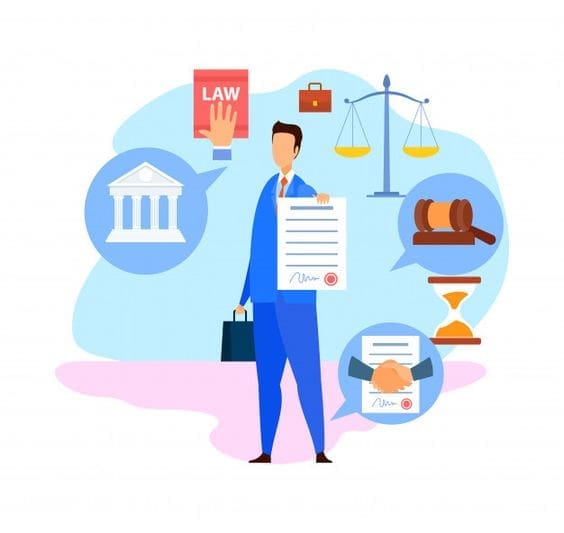Upcycling is a term given to adding value to recycled products through transformation of the original or the creation of something new by using parts of pre-existing products. Upcycling is a new trend promoted by those interested in a more sustainable lifestyle. With increasing consciousness of the consequences of waste and obsolescence on our environment, upcycling has been embraced in the fashion industry.
Disclaimer
All of the information you will read in this article came from resources researched on the internet.
I believe my findings to be true, but I cannot guarantee their accuracy. One should always do their own legal research and consult an attorney before making decisions that could have a legal impact.
Here are few legal things one must keep in mind when it comes to upcycling.
Accurate Labeling of Fiber Content
When combining several materials together (particularly materials not typically used for clothing), or using vintage fabrics, it can be difficult to accurately label the fiber content of the clothing.
The Federal has created an exception to labeling, if someone truly cannot determine the type of fiber, then they are allowed to label to the content as unknown. These are examples from the FTC of allowed labeling disclosures for garments with unknown fibers.
Made of clippings of unknown fiber content
100% unknown fibers — rags
All undetermined fibers — textile by-products
100% miscellaneous pieces of undetermined fiber content
Secondhand materials — fiber content unknown
25% Unknown fiber content
25% Unknown Reclaimed Fibers
40% Unknown fibers — scraps
This exception should only be used if it is truly impractical (from an industry standard perspective) to determine the type of fiber.
For designers who are just getting started, doing “burn tests” of fabric swatches are an inexpensive and useful way to determine the type of fiber within the fabric.
Adding New Branding Label to an Altered Garment
As mentioned before, it’s legal to upcycle just about anything for your own personal use. If one owns the item, then they can do anything they please to do with it.
This mentality protects a person and their property from Copyright and Trademark owners from coming after them and what they own.
However, one might get in trouble when they start to sell items they upcycled for profit. The main question is, is the product your’s or another brand’s?
For eg. One of your Nike Sweatshirt is pretty much in good condition except that there is a small stain on it so you tie- dye that sweatshirt that still has the logo on it and later try to sell it online with still the logo intact.
At first thought, you may think it’s best you say it’s Nike’s since they own the logo. But that’s actually not the case.
Once you alter a product you own (through upcycling or otherwise) the product has changed, which makes it YOUR product, not the original brand’s. You just made it with the materials that were available to you.
You can imagine how confusing it would be if you upcycled a product with materials from two brands and tried to credit them both.
The long and the short of it is, if someone upcycle a product and then sell it, then they must claim the product as their own creation. In fact, before selling the product, any tags that say it belongs to another brand must be removed.
Using the Term “Alter” Instead of “Upcycle”
This is kind of a big deal, and it’s necessary to use this term when listing the product online or in a store. The term “upcycle” is technically not a legal term, which means that if someone gets in a trouble and say, “it’s a product I upcycled,” it probably doesn’t mean anything.
Instead, the term to use, especially when selling online is “altered.” One can also use “upcycled,” if they want, but also have to make it clear that the item is altered from the original state it began in.
In other words, by law, one is not upcycling things, they are altering them. And if one can clearly state that they have altered the product in question, then are safe from any copyright or trademark infringements.
The Goal is to Eliminate Confusion
The reason behind all this legal stuff is really just to eliminate confusion. Brands, both those whose trademarks is used and the brand who made the end product, want to maintain brand integrity.
It’s important that original brand makes their own products so people know they can get a certain kind of quality and style when they see the brand’s logo. In the same way if people are purchasing products from someone who has altered them then they must know because that’s how one can establish a brand for themselves.
By confusing who made what product, it dilutes both brands. People aren’t sure what they can expect from owner brand, and the one who altered don’t get the recognition for creating the product.
That’s why the laws surrounding this sort of issue are designed to make things as clear as possible to the customer. Removing the tags, claiming the product as their own, and giving other credit where it is due is important . All of that so the customer knows exactly what they’re getting.
– Rutuja Shinde
Reference
Upcyclediy.com
Lawontherunway.com
Artslaw.com

